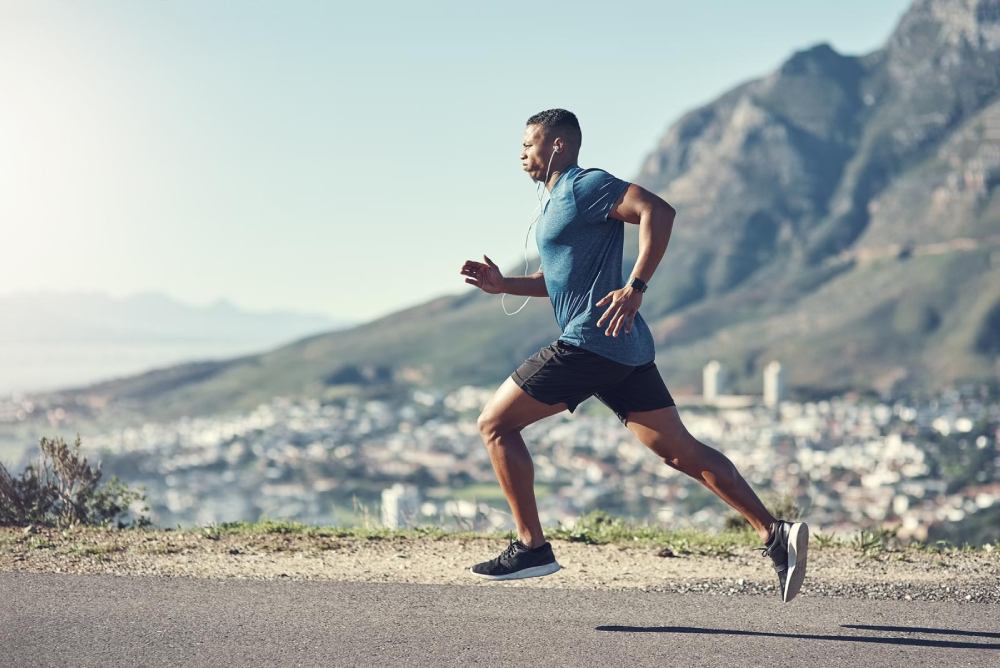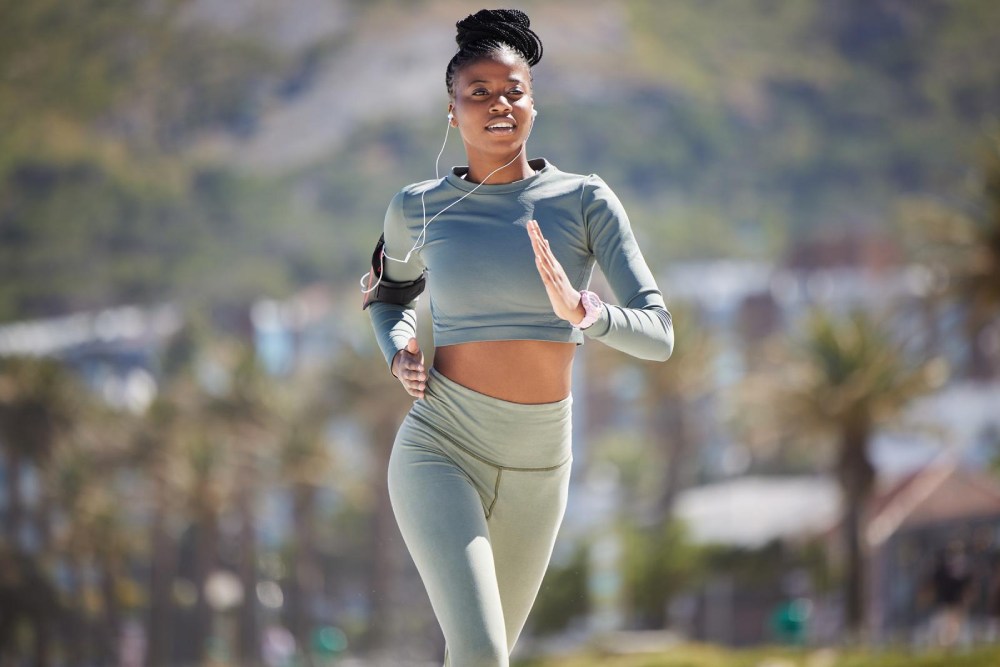Maintaining a good arm position while running can be tricky, but it’s essential to learn if you want to improve your run time and distance. Let’s learn more.
What is the correct arm position while running? When I first started running, I couldn’t figure it out as keeping them straight down at my sides felt and looked weird and uncomfortable. I saw a bunch of people hold their arms at 90-degree angles and swing while they ran, so I went with that for a while.
Turns out, how you hold your arms while you run can have a big effect on your overall run time and distance. While most casual runners will want to just do what feels the most comfortable to them, if you want to meet a particular goal, it may make sense to change your arm position. In general, running pros will hold their elbows at a 90-degree angle, with their hands held loosely around the same level as their heart, allowing them to swing a little but not across their whole body.
Contents
What Does Arm Position Do?

The way you hold your arms while you run will affect your balance. Specifically, your arm position can control which muscles your body uses to keep its balance. This means that it is possible to target certain muscle groups simply by changing your arm position.
Before we consider running, however, think about how your body balances itself every day. Most people spend too much of their time hunched over computers or sitting. Over time, this forces the shoulder to roll forward, making the entire body adjust to a forward curled position.
That means that when this person starts running, they will naturally have a problem with standing upright and putting their shoulders back. They tend to run while leaning forward, putting a lot of pressure on the upper back. Arms are usually held close to the body, with the hands almost touching in the middle of the chest.
While this can feel natural to the typical office worker, it will lead to severe problems down the road. Instead, a runner will need to train themselves to correct their posture through their arm position. You might also find our explainer on do Nike trainers stretch helpful.
Basic Arm Position

To do this, stand straight with your shoulders level yet loose. Your elbows should drop back so that they are slightly behind your back. As you run, focus on where your elbows are placed. If you have never focused on arm position before, you will likely need to constantly readjust so that your shoulders don’t automatically roll forward.
Be aware that it can take some time to adjust to this placement. It’s not uncommon to initially lose minutes off of your run time as you frequently stop or slow down to adjust your body position. In time, however, improving your posture will allow you to run faster and longer. This will allow your hips to extend further, lengthening your stride while also improving your lung capacity.
Adjusting Arm Position
Once you have mastered shoulder and elbow placement, you can experiment with moving your arms more. Swinging your arms can help with maintaining balance as you run, often helping to improve run times. Competition runners will sometimes train by keeping their arms still to improve their balance and strengthen their leg muscles. Once in a competition, they use the advantage of swinging their arms to improve their run time.
A very small number of runners will keep their arms straight down. Done properly, this can force the body to use core muscles more. Be aware, however, that the position is rather uncomfortable, and most fitness experts believe that adding a few minutes of ab-strengthening exercise at the end of your run will be more effective. Check out our guide on are yoga pants good for running.
FAQs About Arm Position While Running
How important is arm position?
Keeping your shoulders and elbows in line will help to improve your posture, which is essential to improving your run time and distance. Beyond that, though, it really is up to personal preference.
Doesn’t swinging your arms use more energy?
While it can seem as if swinging your arms is burning up a lot more energy, the truth is that not moving your arms forces the other muscles in your body to compensate for being off balance. Studies have shown that the net amount of calories burned is negligible no matter which option you choose.
Why does adjusting my arm position slow down my run time?
When you’re first adjusting to a new arm position, your body will rebalance itself, forcing it to use muscles that it may not normally utilize when you run. Until these muscles become stronger, you just won’t get the same amount of thrust that you did when running in your “old” position.



